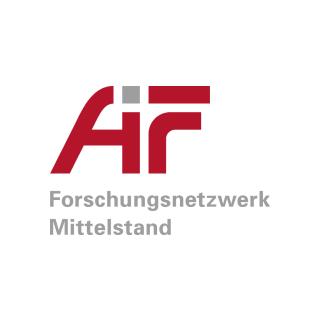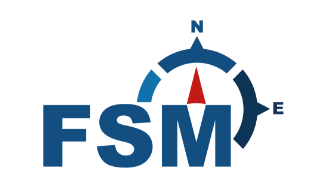
Universität Rostock – Lehrstuhl Schiffbau
Prof. Dr.-Ing. Robert Bronsart, Dipl.-Ing. Lutz Kleinsorge, MSc Desta Milkessa Edessa
Das IGF-Vorhaben 17257 BR des Center of Maritime Technologies e.V. wurde über die AiF im Rahmen des Programms zur Förderung der Industriellen Gemeinschaftsforschung (IGF) vom Bundesministerium für Wirtschaft und Energie aufgrund eines Beschlusses des deutschen Bundestages gefördert.
Der Bericht kann beim FSM bestellt werden. Bitte senden Sie eine E-Mail an info(at)fsm-net.org
Abstract
In ship design downstream applications such as mesh generation, structural/ uid/thermal analysis, rapid prototyping, production data generation, numerical controlled machining, casting end e.g. computer graphics are fundamentally based on computer aided design (CAD) models. Each of these downstream applications are strongly dependent on the accuracy and consistency of the input geometry. Due to data exchange issues, numerical problems, imprecise design, software idiosyncrasies, the ship hull form representation in form of surface patches produced in the early design phase may abut within unpredictable tolerances, resulting in gaps, cracks, holes, overlaps, T-connections, invalid topology, and inconsistent orientation which resulted in elusive automatic grid generation.
In many cases this requires additional tedious and time, resource consuming efforts to adapt the corrupted ship hull form CAD data for grid generation and further for CFD computation.
This project developed a strategies and methods to reduce the time associated to geometric preprocessing and mesh generation for ship hydrodynamic computation. As a result an automatic ship hull form data repairing and domain preparation tool is developed. The tool helps to adapt geometries for automatic mesh generation and CFD computations. It is primary developed to resolve inconsistencies in parametric surfaces but also provide a repair based on STL file format.
It reads patches in IGES file format and automatically detects and repairs commonly found geometrical and topological errors. Based on the repaired hull form automatic domain preparation strategies are implemented for mesh generators such as (Numeca Hexpress and OpenFOAMs snappyHexMesh). Data range region identification of ship hull forms is implemented which is able to divide hull forms into different regions and the repaired and consistent geometry is exported in the colored STL file format. The repair algorithms are tested against several test cases to evaluate the tool robustness. The results achieved reveal that the developed tool substantially decreases the time, and therefore cost, required for CAD data repairing and domain preparation.
Based on colored STL file format, methods and procedures specific to ship hull form volume mesh generation with OpenFOAMs snappyHexMesh are developed. The developed strategies are scripted to ease the procedure for end user.



